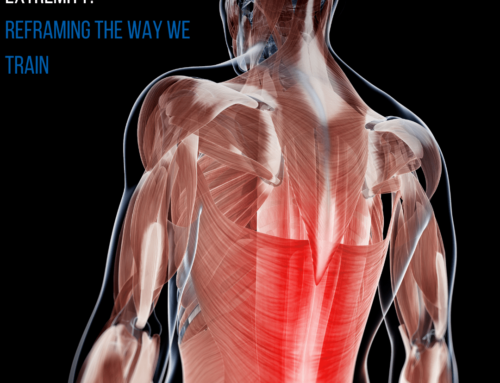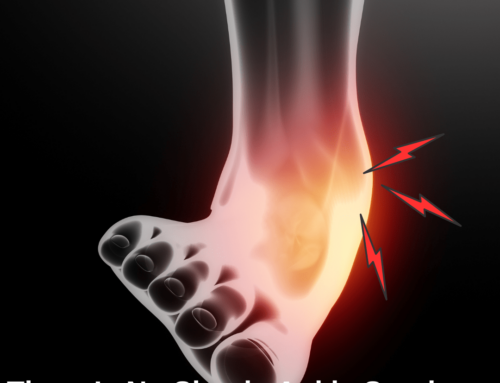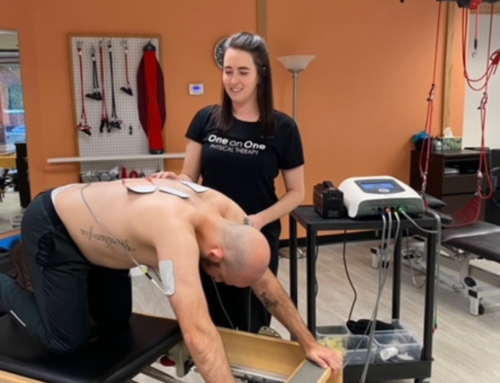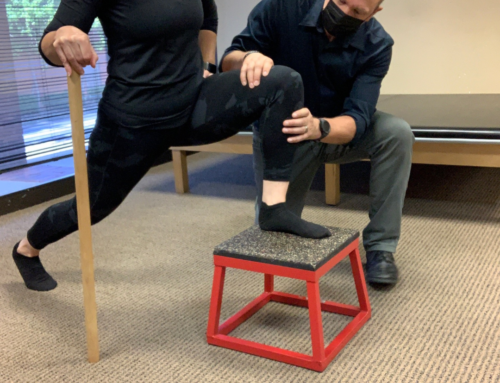7 Breathing Benefits: How To Manage Stress, Anxiety, Fatigue & Pain
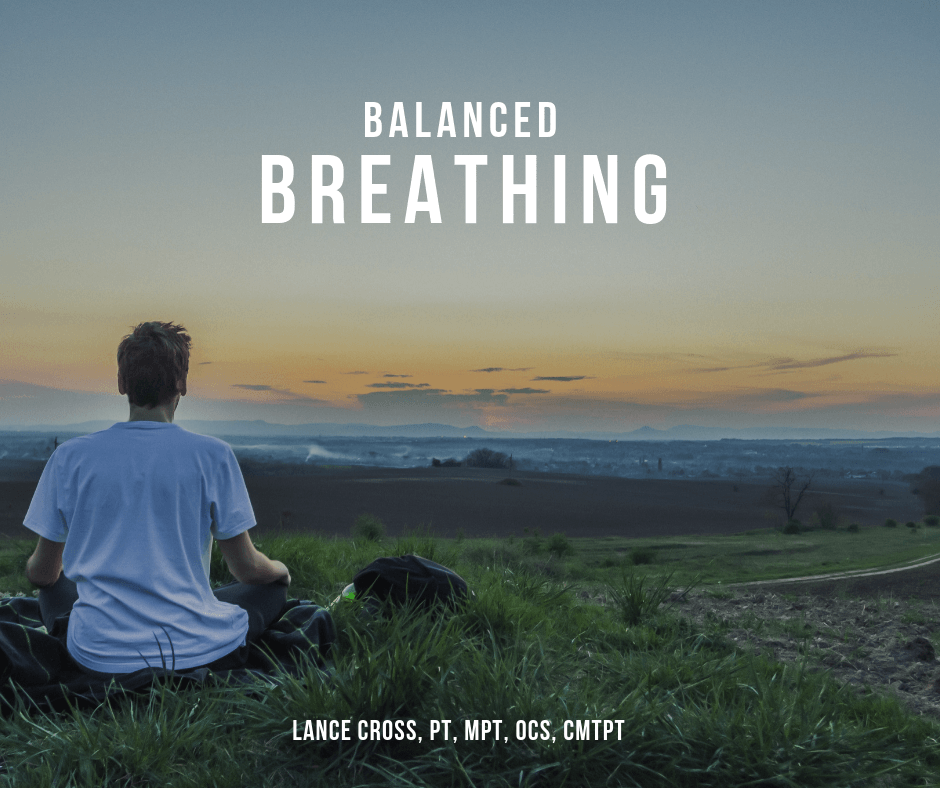
Have you heard that breathing exercises can help relieve chronic pain, stress, anxiety, sleeplessness and fatigue? There is increasing awareness in our society that breathing exercises can be a useful tool to improve our health and performance. Research has shown equal effectiveness among various forms of breathing exercises such as 4,7,8 breathing, alternate nostril breathing and yoga breathing. Even though the evidence is supportive for reducing pain, managing stress and improving sleep many people avoid breathing exercises for a variety of reasons and concerns (see list below). These reasons led me to create “Balancing Breath”, which helps to simplify the exercises and allow the individual to choose the technique that works best for them. Click the link below to hear a short guided Balanced Breathing introductory session.
Benefits of Breathing Exercises:
- Improve mental focus and retention
- Improve sleep
- Improve hormone balance
- Decrease or prevent pain
- Simplified and customizable
- Supported by science and research
- Normalize societal stressors and force us out of neurologic and chemical imbalance
Common Reasons Why People Avoid Breathing Exercises:
- Frustration with being unable to focus
- Spiritual concerns
- “I don’t have anxiety” or “I deal with stress just fine”
- Difficulty with visualization methods
- “I don’t have time”
Key Points When Using the Balancing Breath Technique:
- Perform while sitting, lying down, walking, standing, driving or other forms of activity.
- Focus on slow inhalation and a slightly slower exhalation.
- It is normal for the mind to wander. When you realize that your thoughts have wandered, acknowledge the thought or distraction for a few seconds then gently pull yourself back into your breathing exercise and internal focus without judgement of yourself.
- Balancing Breath can be used for a few breaths at a time or for several minutes (10-20 minutes) at a time.
Choose the “Balancing Breath” Technique that is Best For You:
- Melting: Think about a body region as you slowly inhale and let it sink or melt as you slowly exhale.
- Contract: Gently contract the muscles in a certain region of your body as you inhale then fully relax those muscles as you slowly exhale.
- Sensations: Inhale and exhale slowly with a light focus notice the quality of the sensations throughout regions of the body (warmth, cool, pressure, tightness, itchiness, etc.).
- Elements: As you inhale, visualize either air, water, sand, or light flowing into an area of your body and then exhale to let it flow out of that area.
- Counting: Inhale for 4 seconds, then exhale for 6 seconds.
Performing at least 10 minutes a day of breathing exercises such as “Balancing Breath” can be a very powerful tool to prevent chronic pain, illness and other health issues. The time can be broken up into various parts of the day if so desired and needed.
Conclusion
Breathing exercises such as “Balancing Breath” shouldn’t be considered a cure for pain, anxiety, depression, sleeplessness, or fatigue. Breathing exercises are utilized as part of physical therapy program if persistent pain is present. If you are struggling with pain and would like to see how breathing exercises combined with physical therapy may be helpful, we are here to help. Call 770-500-3848 to book an appointment. For more information, visit us at www.onetherapy.com.
Lance Cross is a Board Certified Orthopaedic Physical Therapist at One on One Physical Therapy. Lance offers 20 years of experience with treatment interventions that include Dry Needling, Redcord & The Neurac Method, and Pilates for Rehabilitation. His particular background in the pain sciences includes clinical treatment of chronic pain patients, lecturing and involvement in clinical trials. He is a Certified Sports Metrics Trainer and has particular involvement in knee injury prevention program development. He enjoys cycling in all disciplines and is frequently found cyclocross racing or mountain-biking with his wife and friends in the mountains. Lance offers free consultations at One on One Physical Therapy. You can email Lance at lance@onetherapy.com. To learn more, visit www.onetherapy.com.
